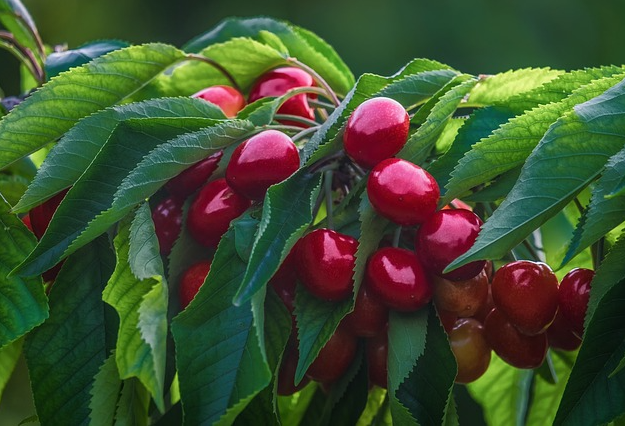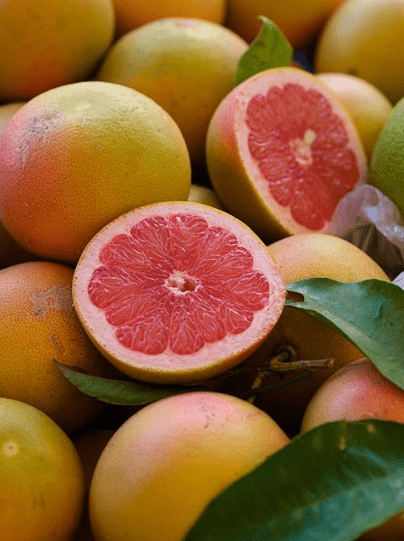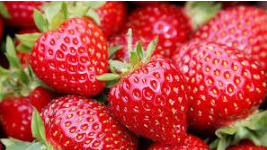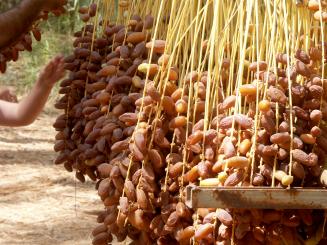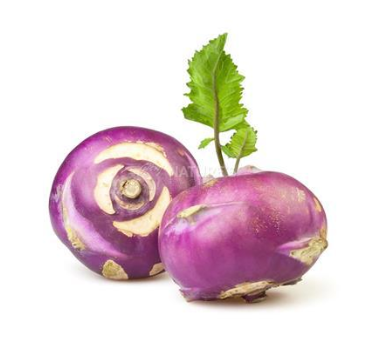The month of May is in full swing, and with it, cherries return to us. It is no secret that I tend to praise the guests of this column and glorify them with superlatives. So yes, of course, I am crazy about cherries.
In the case of cherries, I am really not alone. It is enough to recall the context of cherries in culture and language to understand that there is a consensus regarding the uniqueness and quality of this fruit. Take, for example, the common expressions "the cherry on top" and "cherry picking"; although these are two expressions with completely different meanings, the first in a positive context and the second in a negative context; in both, the metaphorical use made of cherries is very similar – like something rare, high-quality, and desirable.
Soon we will celebrate the arrival of our cherries, which come from organic cultivation in Mitzpe Matat in the Galilee. Before that, let us remember, what are we talking about when we talk about cherries?
Well, generally, 'cherry' is a general name for a type of plant from the Prunus family (which also includes peach, plum, and almond).
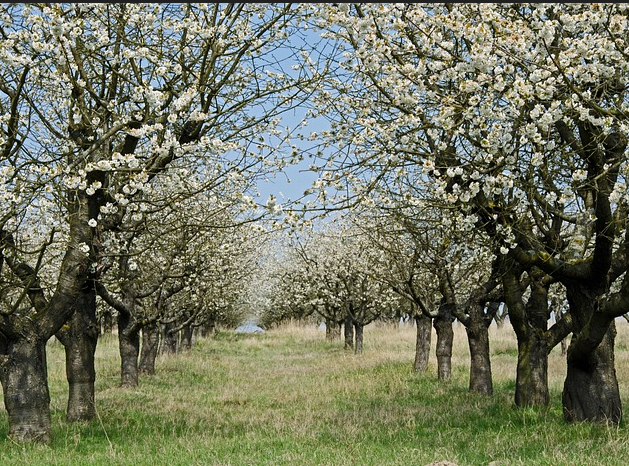
There are many wild varieties of cherries, and there is even a variety called 'ground cherry' that grows wild in high areas in the Middle East, including Mount Hermon. On the other hand, ground cherry is not a variety that humans consumed (its fruits are very small and sour), so when we talk about 'cherries', we mean edible varieties that originated from southwestern Asia (present-day Turkey and Iran) and southeastern Europe (Hungary area).
From there, cherries spread to the Far East, Western Europe (and later to America), and also to the Middle East. Cherries arrived in the Land of Israel in the 13th century with Western European Crusaders, some of whom built castles and estates and settled in the land.
Since then, cherries have been grown here. I write 'here', but it is more complicated. The Land of Israel is not a comfortable growing ground for cherries. This is a fruit that likes to develop in cold conditions, meaning it requires about 1,000 hours of cold. Therefore, both today and in the past, cherries were grown in Israel in very specific areas – in high areas where the local winter can provide the cold dose required for the development of the fruit.
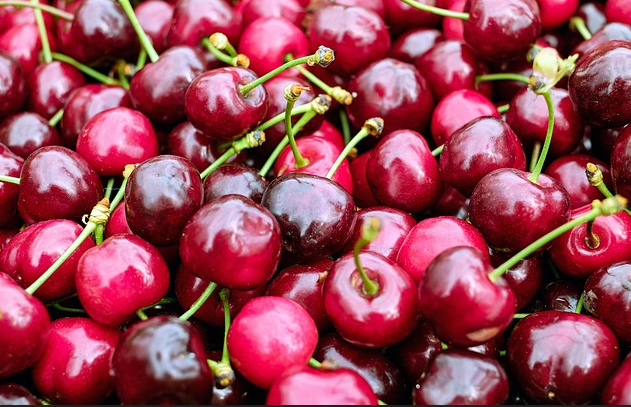
Most cherry orchards in Israel are located in the Golan Heights, but cherry cultivation also exists in the Galilee.
This brings us back to the garden and the excellent cherries visiting us this week. The community settlement of Matat is the first lookout point established in the Galilee, adjacent to the Lebanese border and near the historic Sasa Fortress. Because Mitat is located at an altitude of more than 800 meters above sea level, its temperature conditions are suitable for growing cherries.
In the last war, the settlement, which is a kilometer from the border, suffered many hits. Fortunately, the war did not break the spirit of the local farmers, who advocate organic cultivation, and this year the wonderful Mitat cherries are with us again. For me, these wonderful cherries are a kind of 'victory image'.

